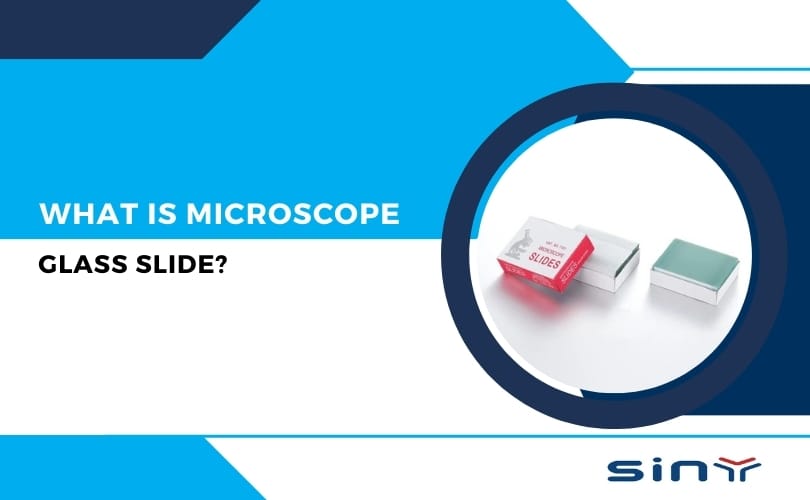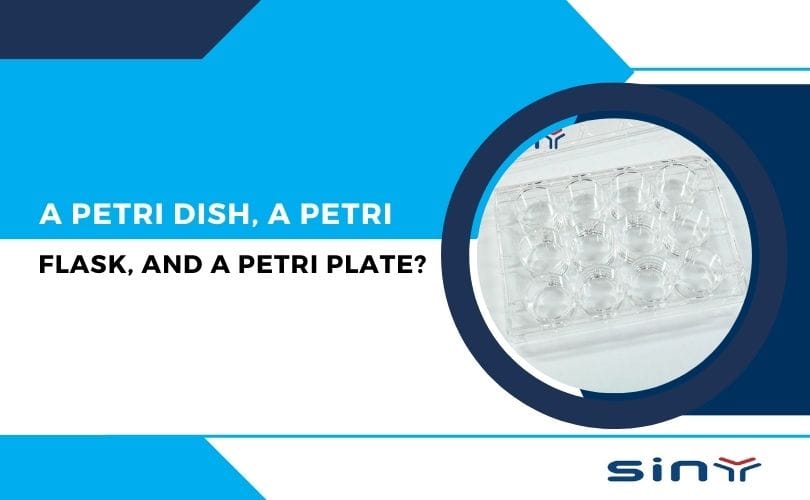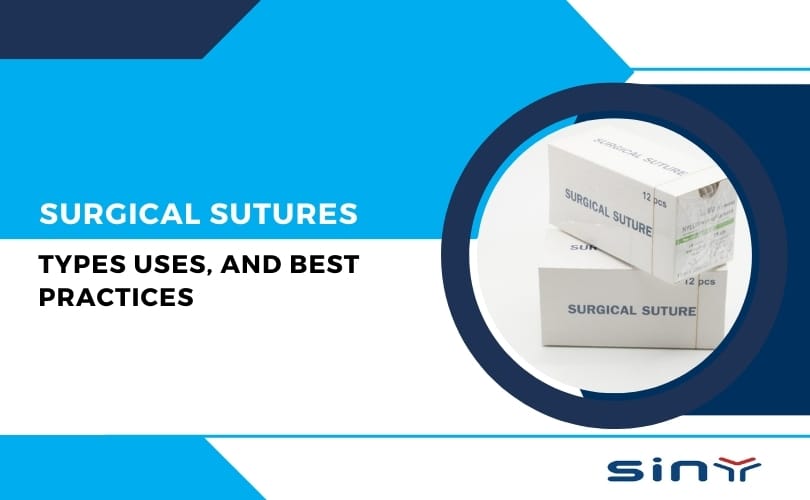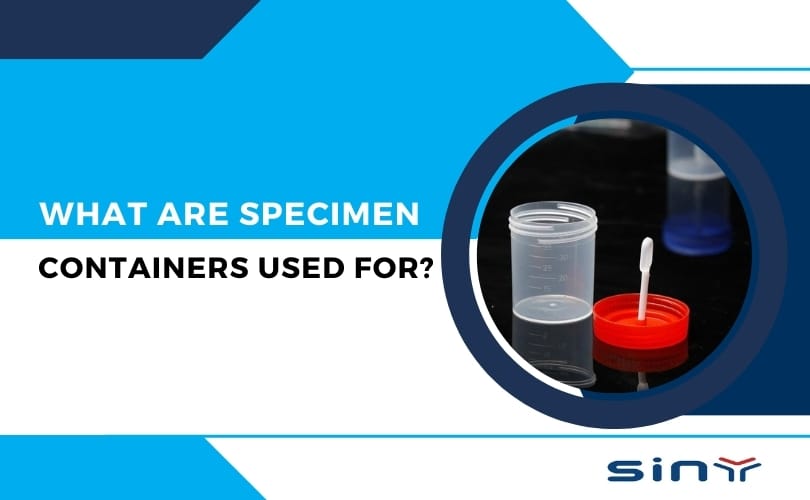Microscope glass slides are fundamental tools in microscopy, serving as the primary platform for mounting and observing specimens. These thin, flat pieces of glass provide a stable surface that allows scientists, researchers, and students to examine microscopic details with clarity and precision. This comprehensive guide will explore the various aspects of microscope glass slides, including their types, materials, uses, preparation techniques, and best practices for handling and storing them.
Table of Contents
What is a Microscope Slide
A microscope slide is a flat piece of glass that holds tiny samples so we can examine them through a microscope. They come in different sizes and thicknesses, depending on what you need them for. Most manufacturers produce slides using regular or high-quality glass, while some utilize specific types of plastic.
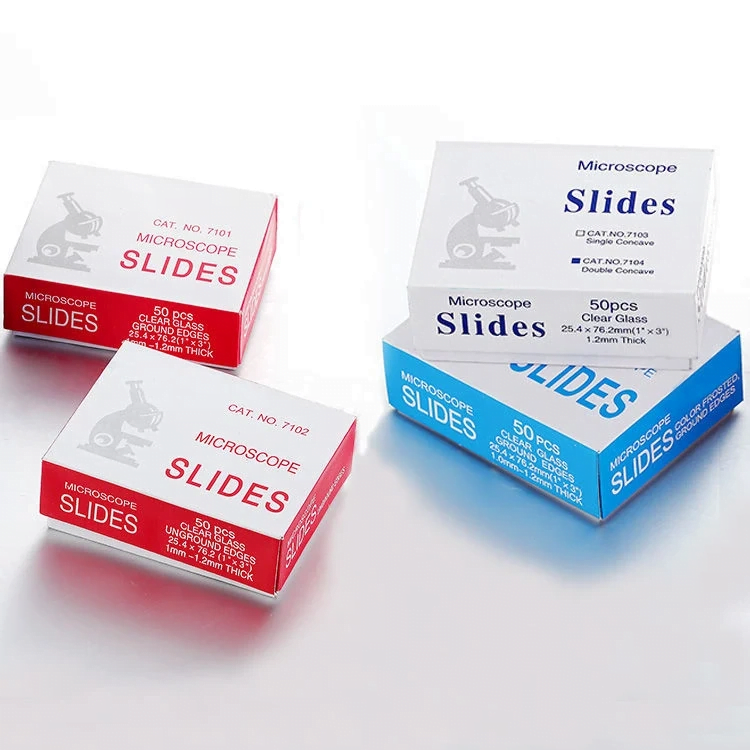
There are also many different kinds of slides. Some have a little dip to hold liquid samples like pond water. Some slides have rounded edges, while others have a grid pattern marked on them to help with measurements. You can find slides with frosted or coated surfaces; some have a unique surface that allows you to hold samples in place better. The frosted edges are particularly useful because you can write the sample’s date or name on them.
Features of Microscope Glass Slides
Transparency: Microscope slides are made from optically transparent glass, which minimizes distortion and enhances visibility during observation by facilitating optimal light transmission.
Smooth Surface: The glass features a flat, smooth surface that offers a stable base for specimen mounting and ensures that the microscope’s focus remains unaffected.
Standardized Size: Manufacturers produce these slides in standardized dimensions to ensure compatibility with most microscopes and their associated accessories.
Labeling Area:
Versatility: They are suitable for diverse samples, ranging from thin histological sections to liquid samples, such as cellular suspensions.
Compatibility with Coverslips: Designed for use with coverslips, these microscope slides protect the specimens while achieving the correct focal point.
Types of Microscope Glass Slides
Microscope glass slides come in various types designed for specific applications. Understanding these types helps researchers select the appropriate slide for their needs.
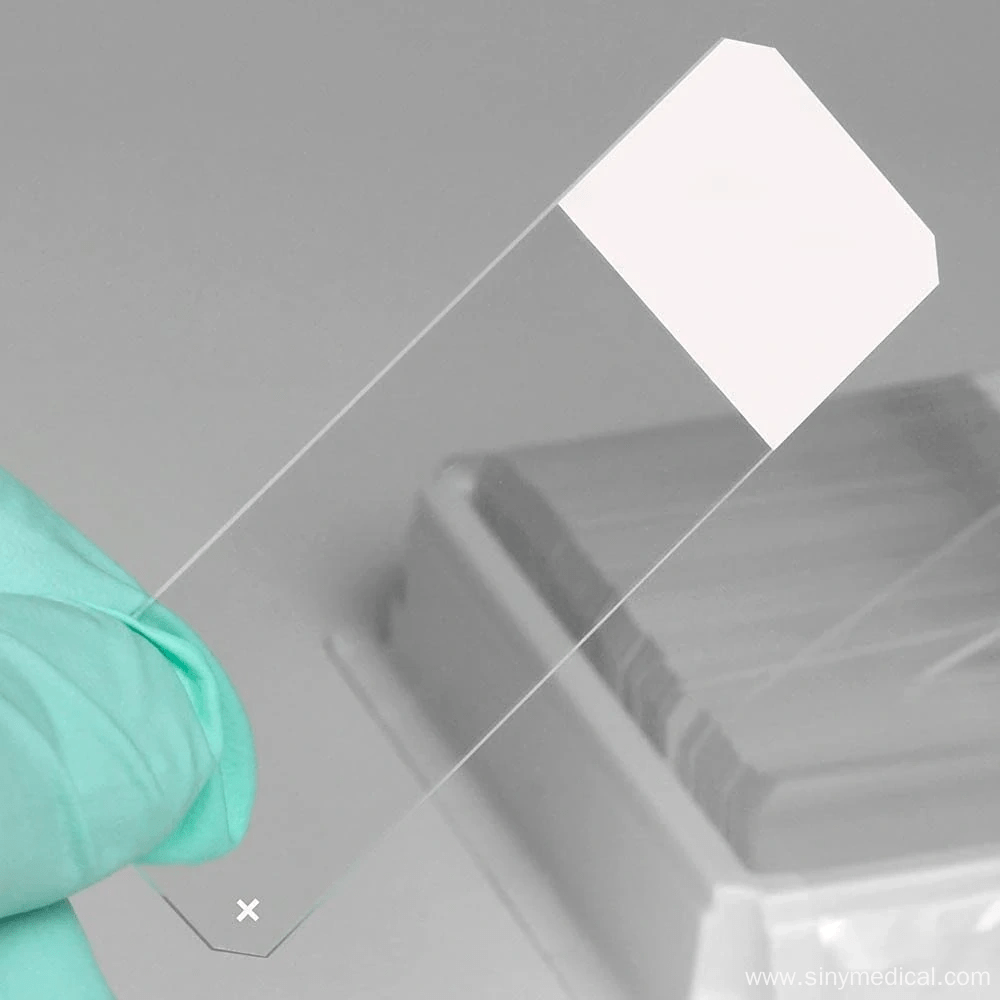
Standard Microscope Slides
Standard microscope slides represent the most commonly used type. Manufacturers produce them from high-quality glass that remains flat and transparent, providing an ideal surface for mounting specimens. These slides typically have smooth edges to prevent injury during handling.
Frosted Microscope Slides
Frosted microscope slides have a frosted area on one end where you can write labels using a marker or pen. This allows researchers to quickly identify samples without obstructing the view through the slide.
Specialty Microscope Slides
Specialty slides cater to specific applications and include:
- Coverslip Slides: These slides come with a built-in coverslip that protects the specimen while allowing for clear viewing.
- Multi-Well Slides: Designed with multiple wells or compartments, these slides allow for simultaneous observation of various samples.
- Slide Chambers: These tubes facilitate live cell imaging or fluid dynamics studies, allowing researchers to observe specimens in a controlled environment.
Pre-Loaded Microscope Slides
Pre-loaded microscope slides come with prepared specimens already mounted on them. These slides are particularly useful for educational purposes or when quick observations are necessary without the need for extensive preparation time.
Materials Used in Microscope Glass Slides
The choice of materials significantly affects the performance and durability of microscope slides. The most commonly used materials include:
Glass
High-quality optical glass manufacturers produce traditional microscope slides that offer excellent clarity and light transmission.
Key characteristics include:
- Transparency: High-quality glass provides optimal visibility of specimens.
- Chemical Resistance: Glass is resistant to many chemicals used in staining and mounting processes.
- Durability: Glass slides can withstand repeated cleaning and sterilization without losing integrity.
Plastic
Plastic microscope slides serve as an alternative to glass and are frequently utilized in educational settings because of their lightweight nature and resistance to breakage. However, they may offer a different level of optical clarity than glass slides.
Advantages of Microscope Glass Slides:
High-Quality Imaging: Glass slides provide clear, detailed images, making observing and analyzing specimens easier.
Durability: Glass slides are relatively durable and can withstand repeated use without degrading the quality of observations.
Compatibility: They are compatible with most microscopes, making them a widely used and accessible tool.
Stability: The rigidity of glass slides ensures that specimens remain flat and focused, reducing the chances of distortion during observation.
Archivability: Slides can be stored for long periods, allowing for future reference and comparison.
Ease of Handling: Their standardized size and specially designed edges make them user-friendly and safe to handle.
Sample Preservation: Microscope slides, when used with coverslips and appropriate mounting media, help preserve the structural integrity of specimens for extended observation.
Labeling and Documentation: The slide’s designated labeling area allows for easy identification and documentation of specimens.
Widely Available: Microscope glass slides are readily available in various types, making them accessible to researchers and educators.
Versatility: They can accommodate a wide variety of specimens, from solid tissues to liquids, making them suitable for different.
Preparing Specimens on Microscope Glass Slides
Proper preparation on charged microscope glass slides is essential for accurate observations. Here’s a step-by-step guide on how to prepare specimens effectively:
Collecting the Sample
Collect the specimen using appropriate techniques depending on its nature (e.g., scraping cells from a surface, obtaining blood samples, or collecting plant material).
Mounting the Specimen
- Place a Small Drop: Using a pipette or dropper, place a small drop of mounting medium (if required) onto the center of the slide.
- Add the Specimen: Carefully place the specimen onto the drop of mounting medium.
Applying a Coverslip
- Positioning: Hold a coverslip at an angle above the specimen.
- Lowering: Gently lower it onto the specimen to avoid trapping air bubbles.
- Pressing Down: Lightly press down on the coverslip to spread the mounting medium evenly.
Labeling the Slide
If using frosted or pre-labeled slides, mark them clearly with relevant information such as sample type, date, and any other identifiers.
Final Thoughts
Microscope glass slides are indispensable tools in microscopy that enable researchers and scientists to observe and analyze specimens with precision and clarity. Understanding their types, materials, preparation techniques, and best practices ensures optimal use in various applications ranging from biological research to medical diagnostics.
For high-quality microscope glass slides tailored to laboratory needs, Siny Medical offers an extensive range of products designed for reliability and performance in scientific research. Professionals can enhance their observational capabilities by investing in quality materials and adhering to proper handling techniques, ensuring accurate results across diverse scientific disciplines.
FAQs
What are the different types of microscope glass slides?
There are several types of microscope glass slides, including standard slides, frosted slides (for labeling), specialty slides (like coverslip slides and multi-well slides), and pre-loaded slides with prepared specimens.
What materials are microscope glass slides made from?
Most microscope glass slides are made from high-quality optical glass, which offers excellent clarity and light transmission. Some alternatives include plastic slides, which are lighter and more resistant to breakage but may provide a different optical quality.
Can you reuse microscope glass slides?
You can frosted microscope glass slides, but thoroughly clean and sterilize them between uses to prevent contamination and ensure accurate observations.
What is the difference between a standard slide and a frosted slide?
A standard slide is smooth and transparent, while a frosted slide has roughened one end and roughened one end to allow for labeling with a marker. This helps identify samples without obstructing the view.
How do you clean microscope glass slides?
Use lens paper or microfiber cloths with appropriate cleaning solutions. Avoid abrasive materials that can scratch the surface of the glass.
You May Also Read
- What is a Glass Slide?
- How To Dispose Of Microscope Slides
- How Microscope Slides and Cover Slips Revolutionize Science
- Perfect Microscope Slides and Cover Slips
If you enjoyed this article, please subscribe to our YouTube channel. We provide product video tutorials. You can also follow us on Instagram and Facebook to stay up to date with new updates, news and special deals.


